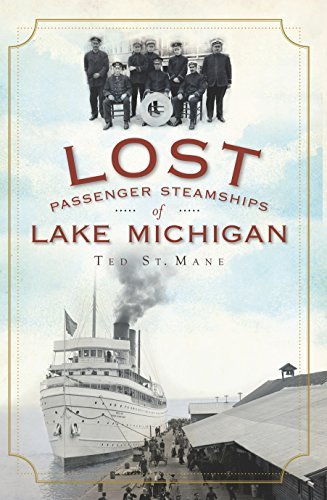


Books in series

Lost Ski Areas of Southern California
2012

Lost Capitals of Alabama
2014

Lost Sandusky
2015

Lost Fort Ellis
A Frontier History of Bozeman
2015

Lost Towns of Eastern Michigan
2015

Lost Ski Areas of Southern Vermont
2010

North Williston
: Down Depot Hill
2011

Lost Virginia Beach
2011

Lost Myrtle Beach
2014

Lost York County
2009

Lost Passenger Steamships of Lake Michigan
2010

Lost Maine Coastal Schooners
From Glory Days to Ghost Ships
2010

Lost River Towns of Boone County
2010

Lost Shreveport
Vanishing Scenes from the Red River Valley
2010

Lost Bluegrass
: History of a Vanishing Landscape
2011

Lost Airports of Chicago
2013

Reclaiming Jacksonville
: Stories Behind the River City's Historic Landmarks
2012

Lost Miami Beach
2014

Lost Miami
: Stories and Secrets Behind Magic City Ruins
2015

Lost Washington, D.C.
2011

Vanished Downtown Hartford
2013

Where Cleveland Played
Sports Shrines from League Park to the Coliseum
2010

Lost Towns of the Hudson Valley
2009

Lost Ski Areas of the Northern Adirondacks
2014

Remembering South Cape May
The Jersey Shore Town that Vanished into the Sea
2010

Lost Ski Areas of the White Mountains
2008

Lost Butte, Montana
2012

Lost Toledo
2015

Lost Mohawk Valley
2015
Authors


John DeFerrari was born and raised in Washington, D.C., and has a passion for local history. Trained as a writer, he has a Master's Degree in English Literature from Harvard University. In 2009, DeFerrari began writing about Washington's rich history in his blog, Streets of Washington . His first book, Lost Washington, D.C., was published in 2011 and his latest, Sixteenth Street NW: Washington, DC's Avenue of Ambitions, co-authored with Douglas Peter Sefton, recounts often overlooked stories about the diverse buildings and residents of one of the city's most important arteries.